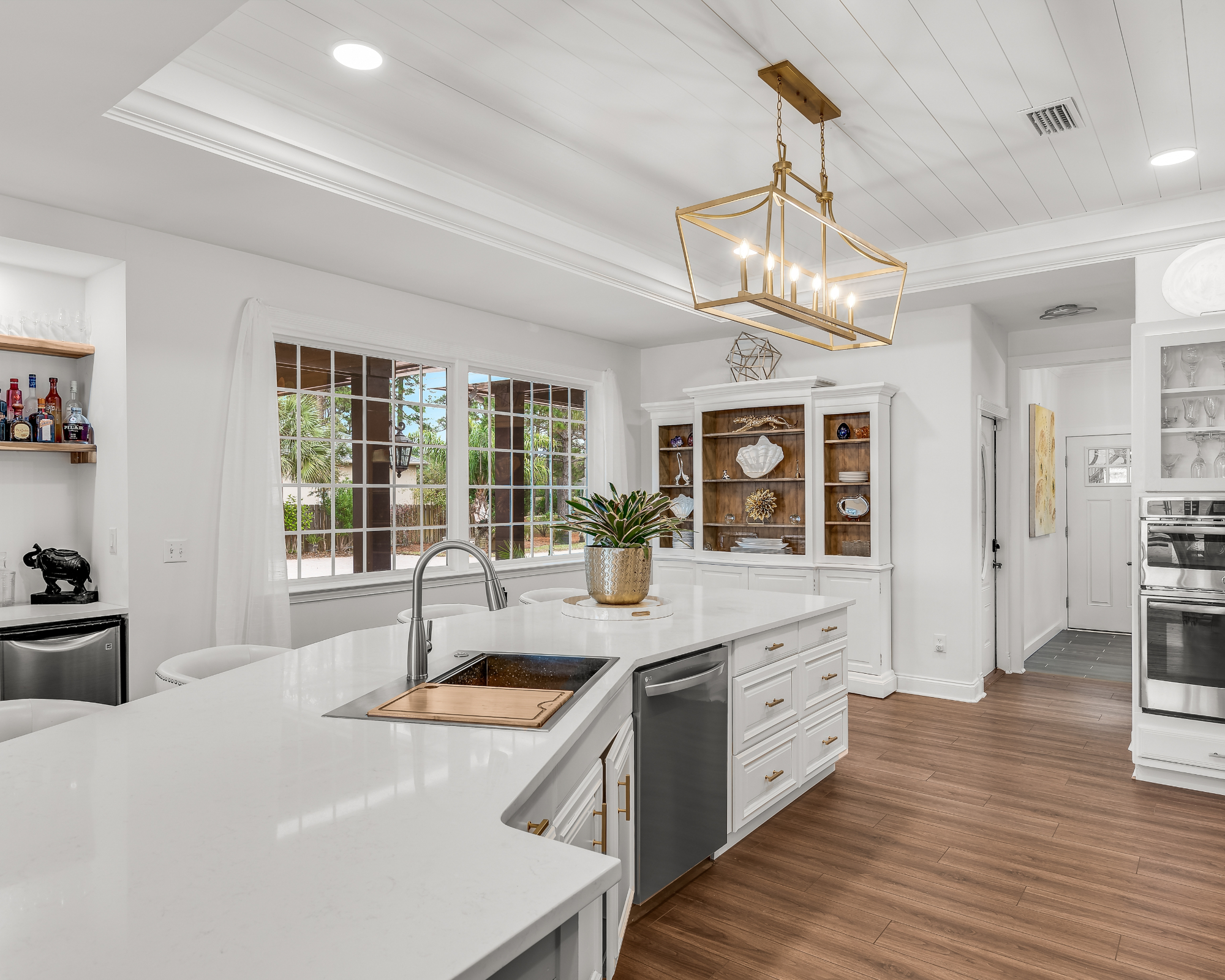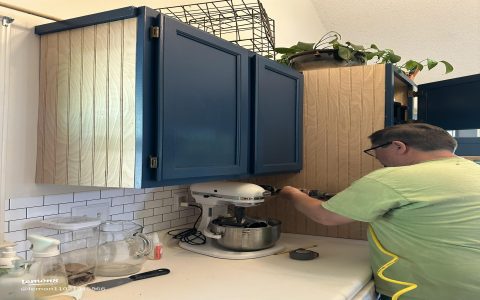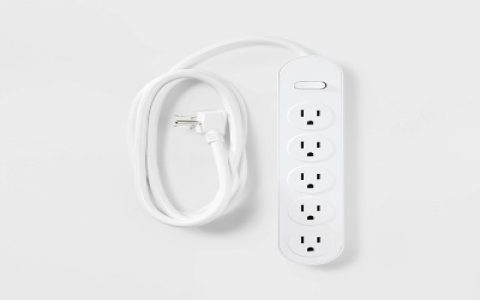Beadboard ceilings offer a distinctive and charming way to enhance kitchen aesthetics, adding character and visual interest. They consist of panels with vertical grooves (beads) and raised sections (boards), creating a classic, textured look.
Advantages of Beadboard Ceilings in Kitchens
- Aesthetic Appeal: Beadboard introduces texture and timeless charm, suiting styles from farmhouse and cottage to coastal and traditional. It can make a kitchen feel cozier and more inviting.
- Concealment: It is an excellent solution for covering up existing ceiling imperfections, such as cracks, stains, or outdated popcorn textures, providing a clean, fresh surface.
- Versatility: Beadboard can be painted or stained to match any kitchen décor. White is a popular choice for a bright, clean look, but colors can add personality.
- Material Variety: Available in different materials, allowing for choices based on budget, desired look, and moisture resistance needs in a kitchen environment.
Material Options for Kitchen Beadboard
Choosing the right material is crucial, especially in a kitchen where moisture and temperature fluctuations are common.
- Solid Wood (e.g., Pine, Cedar): Offers an authentic, traditional look. Wood can be stained to showcase its natural grain or painted. It requires proper sealing and finishing to protect against moisture in a kitchen.
- MDF (Medium-Density Fiberboard): A cost-effective option that provides a very smooth surface ideal for painting. MDF is less resistant to moisture than wood or PVC, so it's best used in well-ventilated kitchens or with a moisture-resistant primer and paint.
- PVC/Vinyl: This synthetic material is highly recommended for kitchens due to its excellent moisture resistance. It will not warp, crack, or rot when exposed to humidity and is impervious to mold and mildew. PVC beadboard is also easy to clean.
Key Installation and Design Considerations
- Plank Orientation: The direction in which beadboard planks are installed can impact the perceived size and shape of the kitchen. Running planks parallel to the shortest walls can make a narrow room appear wider.
- Lighting Integration: Plan your lighting scheme before installation. Beadboard accommodates recessed lights, pendant lights, and surface-mounted fixtures. Ensure cutouts are made precisely.
- Trim and Molding: Finishing the edges of a beadboard ceiling with crown molding or other trim provides a polished, professional look and conceals any gaps between the beadboard and walls.
- Ceiling Height: Beadboard will slightly reduce the ceiling height. While usually minimal (typically the thickness of the material plus any furring strips), it's a factor to consider in rooms with already low ceilings.
- Ventilation: Proper kitchen ventilation is essential to manage steam, grease, and odors, which also helps protect the beadboard ceiling material over time, regardless of its composition.
Maintenance and Care
Maintaining a beadboard ceiling in the kitchen is generally straightforward.

- Regular Dusting: Use a duster with a long handle or a vacuum cleaner with a soft brush attachment to remove cobwebs and dust from the grooves.
- Cleaning Spills and Grease: For PVC beadboard, wipe with a damp cloth and mild detergent. For painted wood or MDF, use a soft cloth lightly dampened with water and a gentle cleaner. Avoid abrasive cleaners or excessive moisture on wood and MDF to prevent damage to the finish.
- Touch-ups: Keep some leftover paint for touch-ups if your beadboard is painted, especially in a high-activity area like a kitchen.






